How to see 3 beautiful historic homes? Rick and I spent 2 days in Nashville this past fall doing just that.
How would you like to do that? If you can’t make it in person, I’m giving personal tours here. 🙂
In the event you choose to join me, I will bestow fun, beauty, and history galore.
Everything was black: the night, the road, the clouds, the trees, and… rainy. Was it worth the effort? Was it safe? Should we continue?
We persevered on.
Which 3 historic homes?
Well, I’ll tell you this: they’re all delightful and all in Nashville, TN.
Ready? Let’s get started!
Ahh, the excitement of leaving in the early morning…
The road less traveled
First of all, we had to get to Nashville.
The hubby (Rick) and I left bright and early on a clear, cool autumn-Thursday morning.
…Well, it wasn’t bright unless you consider the moon. 😉
To me, leaving in the dark lends extra excitement. (I actually got some good shots in the dark.) The roads are less crowded, too, so that’s a plus.
Where will we be at sunup? How many miles can we check off before the sun says good morning? How soon before we can break into the snacks? 😛
Color and then deep darkness
Once the sun did rise, beautiful fall hues overwhelmed our eyes. Back home fall was done, but it hadn’t lost its hold here in warmer states.
I had wondered how traveling in November would be… But it was awesome! The vibrant colors thrilled me the whole trip.
Clouds and raindrops accompanied us most of the day,
but the sights still brought much joy and many “oooh’s” along the way!
I think the vibrant colors stood out more against the dreary sky.
Wide rivers and big bridges, never-ending color, and the St. Louis arch were among the gems we enjoyed on “travel day.”
After 12 hours and 6 states, 😯 we made it to Nashville thoroughly anticipating the “first” day.
Dark, dark night
I’d like to paint a picture of our last few hours driving in the dark and rain on unfamiliar roads into Nashville…
Newly paved shiny blacktop wet with misty rain, dark outlines of trees pressing in, and inky clouds hovering above.
A thick pitch-black night. It’s like we were in a whole different world!
Day one-Historic Home #1. Circa 1807, John Harding bought a cabin on 250 acres and over the years with his slaves’ and later his son’s help, the Belle Meade Plantation came to be. Belle Meade is exciting, fun, and relaxing all at once. The house remains in great shape as do the grounds, other buildings, and old stone fence.
Furthermore, the tour guides dressed in time-period clothing and spoke on their subject in depth.
Spacious style
In the 1820s, John Harding directed his slaves to build a red-brick Federal-style home. Later (in 1853), son William altered the home, enlarging and changing it to its current Greek-Revival style to tout his financial success.
I love this type of home characterized as a simple square or rectangular box, two or three stories high, and two rooms deep. The uncluttered arrangement of the spacious rooms appeals to me.
Got bacon?
Two of the 3 historic houses we visited included extensive grounds to explore. Correspondingly, perfect fall weather made for beautiful days, which was a relief after the soggy start to the trip.
After our tour of the Belle Meade home, we explored the original cabin on the land as well as huge Southern Magnolia trees and the smokehouse, the largest in the South when built in 1826. Thus: 20,000 lbs of pork were smoked annually!
Additionally, the tour included a free wine tasting. We aren’t wine drinkers; however, I got caught up in the excitement and bought 2 fruity bottles. 😳
5400 acres of horses
At its largest, Belle Meade sat on 5400 acres and was well-known for raising and breeding thoroughbred horses.
In the second half of the 19th century, Iroquois, Bonnie Scotland, and Enquirer, whose bloodlines still dominate modern horse racing today, produced fame for Belle Meade.
Sea Biscuit, Seattle Slew, Secretariat
If you’re a fan of horse racing, here’s some interesting info from the Crossville Chronicle:
“From 1972 to 1996, winners of the Kentucky Derby, and most of the Triple Crown winners, were in the pedigree of Bonnie Scotland, including Sea Biscuit, Seattle Slew, Affirmed, and Secretariat. Now we can add another notch to that list, because California Chrome, who so far, in 2014, has earned $2,552,650, is also in the pedigree of this great horse, Bonnie Scotland, of Belle Meade Mansion.” ~ Old Uncle Gib
Uncle Bob Green
One piece of Belle Meade history that shouldn’t be excluded is Bob Green (Uncle Bob), Belle Meade’s most famous slave.
As head trainer and breeder of the horses, he did exceptionally well and even traveled to Europe with the horses, his expertise being acknowledged around the world.
White men carried him
“After slavery was abolished, Bob became the highest paid worker on Belle Meade Plantation. When he died in 1906, several white men served as his pallbearers. In the South.
Think about that for a minute.” ~ Travel Addicts blog
A photograph of Bob, horse included, hangs prominently in the central hall to this day.
Belle Meade in the 1800s; the house is on the far right. The carriage house, the large building in the center, still stands.
After spending considerable time on the property and amassing memory-invoking photos,
we said goodbye to the beautiful Belle Meade Plantation.
Historic Home #1 complete.
As shown above, satisfaction attained. 🙂
So excited!!
This next home is the whole reason for the trip to Nashville. Let me tell you a story.
About 5 years ago a historical fiction book captivated me. It told of a beautiful love story which took place in a beautiful home surrounded by 177 beautiful acres. What a setting!
History and homes of the 1800s fascinate me, always have.
How I loved reading of Claire and Sutton, the intriguing mansion, and the luscious acres of land they explored on horseback.
Not to mention the gardens and statues on the well-manicured grounds, the water tower, and the sometimes-forbidding Adelicia.
I soon found out that the owner/builder of this home was a real woman named Adelicia Acklen, and that the home still stood. And that it was somewhere I could reasonably get to.
I knew it
Right then, I knew that one day I would stand in those same rooms.
A Lasting Impression by Tamera Alexander certainly left one on me.
Do yourself a favor and read the 3-book series with Belmont Mansion as its setting.
After leaving Belle Meade, we ate our packed lunch in the van
and headed 5.5 miles through the beautiful fall-colored trees of Nashville
to Belmont Mansion, Adelicia Acklen’s real home, our Historic Home #2.
Not only are the books delightful to read, but reading about Adelicia’s real life is interesting as well.
First, we strolled the property.
Lions, deer, and even a dog.
Gazebos, statues, and fountains stood proudly where Adelicia had placed them, most in great condition.
It’s kind of hard to imagine the property as it was in the 1860s because of Belmont University crowding in. 🙁
Checking it all out
But, it’s still pretty cool because so much is original.
We climbed the water tower stairs, snapped photos in the gazebos,
and stood on the very steps where Adelicia once welcomed her many guests.
By the way, as you’ll soon see, Belmont gets the honor as the only one of the homes which allowed pictures to be taken inside. 😀
Now for the elegant history inside…
Next, the mansion transported us back to 1853 as we stepped over the threshold into the tete-a´-tete room.
Not my style, but this house accentuates opulence.
However, I do love the history learned, and just being somewhere so old stimulates my imagination and appreciation. 🙂
Belmont is great for any history lover but going there after reading Tamera’s book twice, I had many detail-seeking questions.
We enjoyed our tour (and lessons) with Trenton, the best tour guide ever! He spent a lot of time with us after all the others had departed. He thoroughly knows the house and the Acklen family.
Such excitement as we perused the rooms where Sutton, Claire, and Adelicia conversed.
(Sutton and Claire are fictional. 🙁 I wish not!)
Allow me to show you around…
Before we go upstairs to see Adelicia’s bedroom, I would like to share a bit about her.
- She grew up in Nashville and at age 22 married Isaac Franklin, a man 28 years her senior. They welcomed 4 children, none of whom lived past the age of 11 years.
- In 1846, after 7 years of marriage, Isaac himself passed away.
- He left her the wealthiest woman in Tennessee; she inherited Fairvue Plantation in Tennessee (8,700 acres), four cotton plantations in Louisiana, more than 50,000 acres of undeveloped land in Texas, stocks/bonds, and 750 slaves.
6 children and 2 husbands…dead
- She said “yes” to her second husband, Joseph Acklen, in 1849. Joseph and Adelicia built Belmont. Six more children joined the family.
- Joseph passed away subsequent to 14 years of marriage after tripling Adelicia’s already-immense wealth.
- In total, Adelicia gave birth to 10 children; only 4 grew to adulthood. She was twice widowed.
- Belmont was her summer home, became the showplace of Nashville, and she opened it to the public as a private park and zoo.
Adelicia loved art and amassed quite a collection. She even built an art gallery on the property.
Her expensive paintings, sculptures, and statues, inside and out, were the talk of the town.
Two more things before we say goodbye to the Belmont Mansion.
1. I found an old photo of the Grand Salon, taken in 1898! ⇒ ⇒ ⇒
2. They have recently restored the original black and white floor.
It looks stunning.
In the 1860s, even though the floor shone like marble, wood-painted-to-look-like-marble substituted for the real thing. Incredible!
See below ⇓ ⇓ ⇓
Four hours of our lives that fall day was spent touring Jackson’s home, visitor center, and grounds. We picked cotton, learned A LOT about him in the interactive museum, and peered into the bedroom where he took his last breath.
Welcome to the Hermitage
General Jackson’s home was originally crafted in the brick Federal-style but, after a fire in 1834, rebuilt in the same Greek-Revival style as Belle Meade. Smart tour guides, once again dressed in clothing of the times, painted the history of Jackson and his Hermitage.
From one 2-story to two 1-stories
Following our tour of the home and other buildings, we roamed the extensive property while golden trees shimmered above us. It struck me that we were walking the paths that Jackson’s feet had trod. 😯
When Jackson originally purchased the land, he and wife Rachel lived in a 2-story log home. This and a couple of slave cabins were known as the First Hermitage.
Later, the mansion being complete, the 2-story home was taken apart to make 2 more cabins.
The path less traveled
We took a longer trail path, in contrast, to most visitors.
Solitude settled as we ambled beside a little creek that cooled the springhouse, walked the remains of the Field Quarter area (where 4 brick duplexes once housed the enslaved farm workers), and explored the “First Hermitage” and cotton field.
He lived here longer than anyone else
Heading back towards the house an original cabin, known as Uncle Alfred’s, stands near the back of the mansion.
Betty, the Jackson family cook, birthed Alfred “Jackson” into slavery during the early 1810s at the Hermitage.
After his emancipation, Alfred became a tenant farmer on the Hermitage, as well as a handyman and tour guide for the Ladies’ Hermitage Association when the house opened as a museum in 1889.
Honored in death
Alfred died in 1901 after having lived at the Hermitage longer than any other person, white or black.
Appropriately, his funeral was held in the center hall of the mansion.
Every home needs a garden… at least back then
Adjacent to the house is the foursquare English garden consisting of four quadrants and circular center beds, a favorite spot of both Rachel and Andrew.
Jackson lost his precious Rachel on December 22, 1828, three weeks after her husband’s victory in the election and 10 weeks before he served his first term as our 7th president.
Consequently, his niece, and later his daughter-in-law, served as “first lady.” Andrew missed and mourned Rachel the rest of his days.
He buried her in her favorite place…the garden.
Bonus photos found on the Tennessee State Library and Archives website. Click here for more.

Two trees grew together near the Field Quarter area

Rick and me on a sunny fall day at The Hermitage 🙂
Historic Home #3 and day 2 complete.
As promised, 3 amazing, beautiful historic homes/stories in 2 days. Now, it’s like I’ve had two trips, the original and the one with you. 😉
It WAS worth it, safe and, obviously, we made it! The black rainy travel reaped rewards!
For this reason, if you know someone who appreciates history and/or beautiful historic homes, share this story with them.
It’s been fun! Catch you next time. Until then,
Blessings and blooms, and awesome old houses,
Pam
Author: Pam
Glad you’re here!






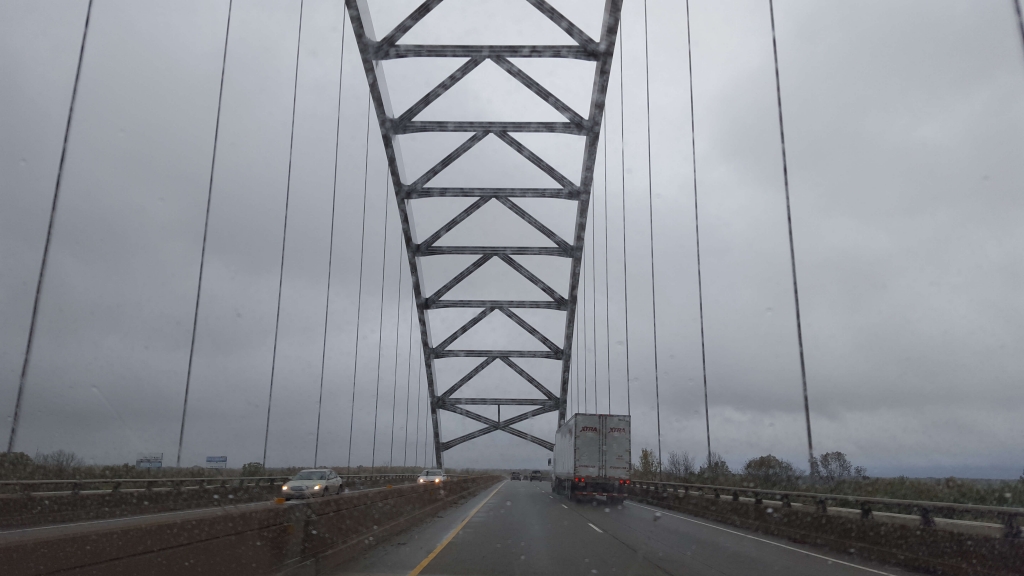







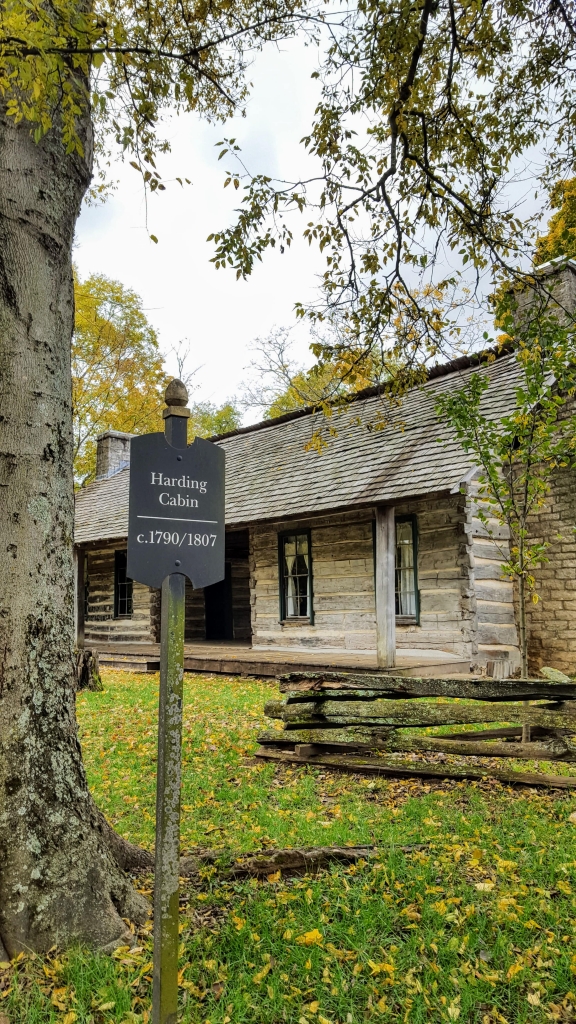
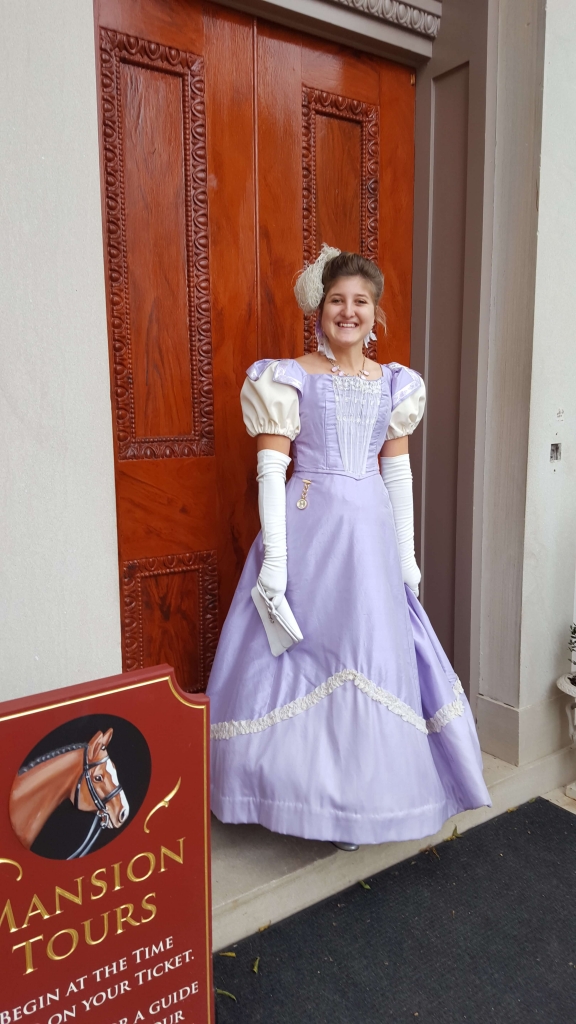

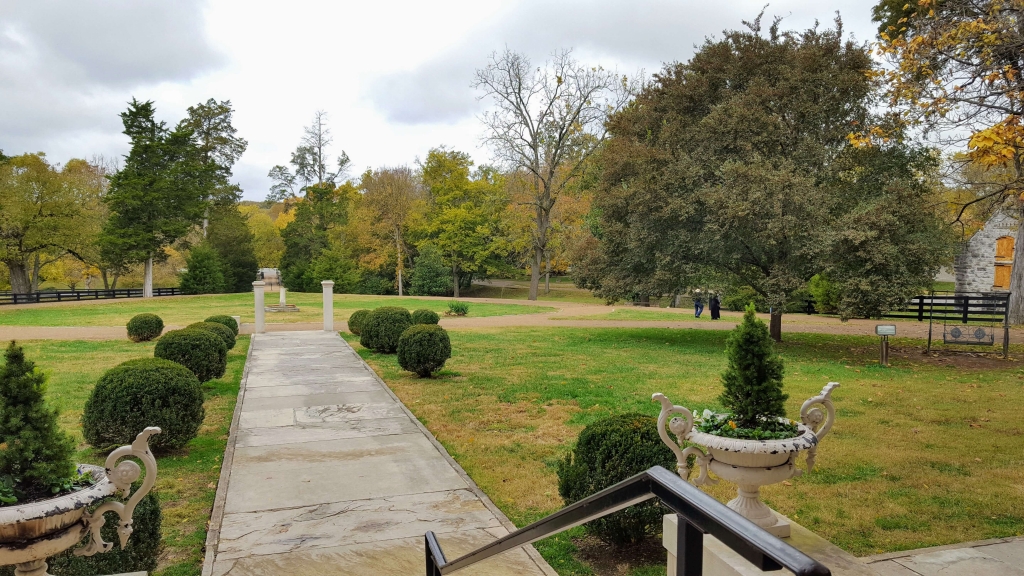
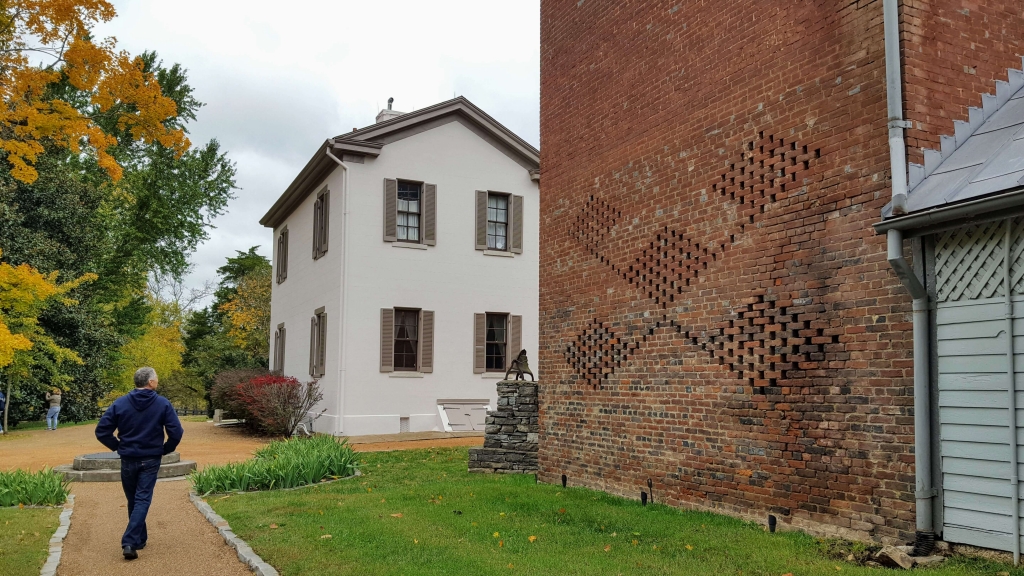

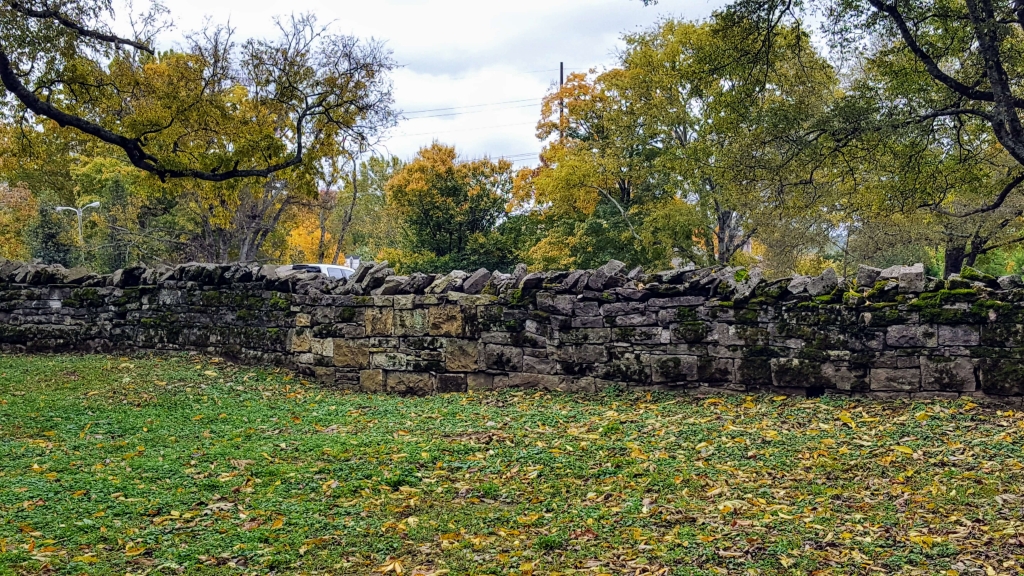
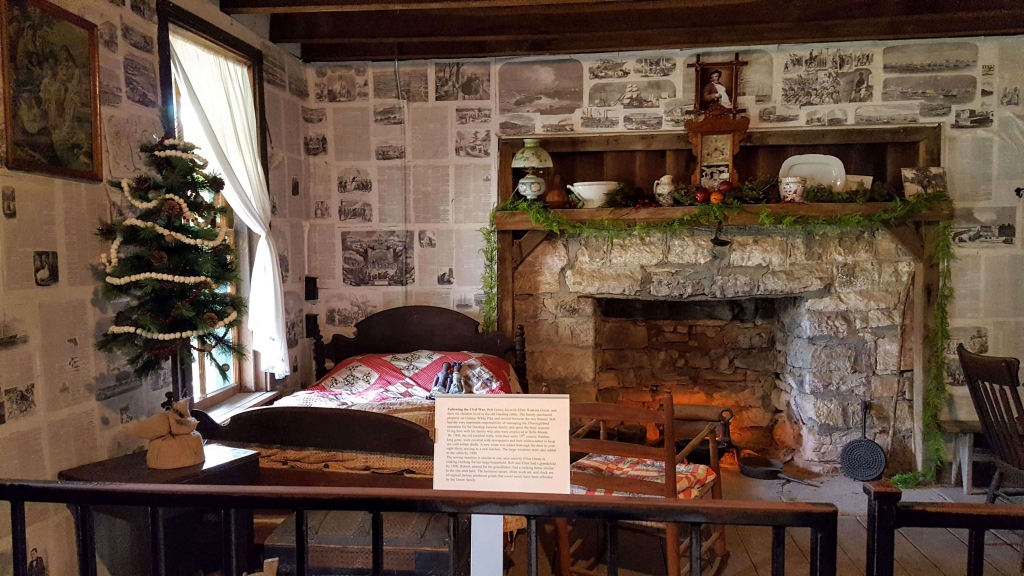








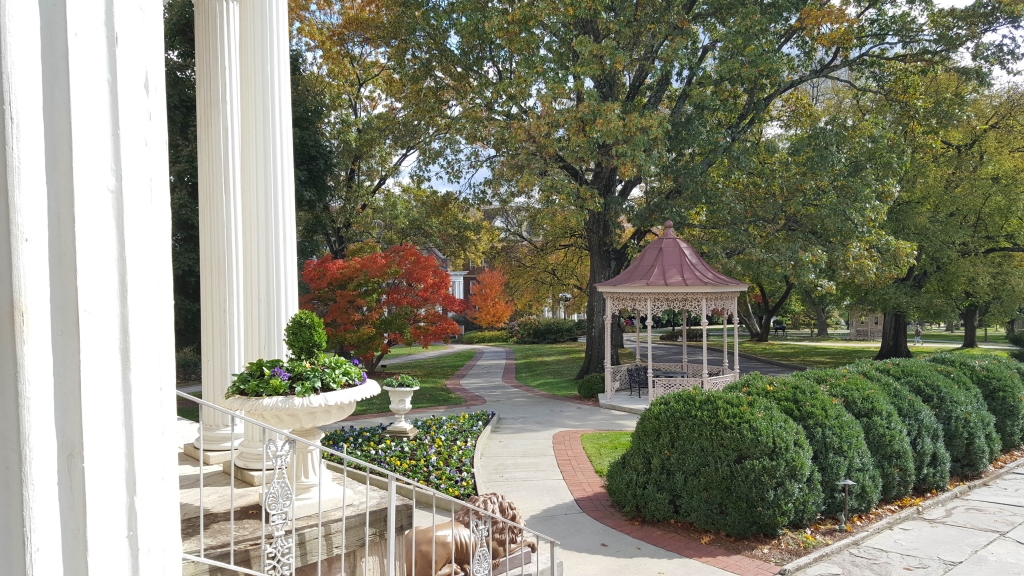

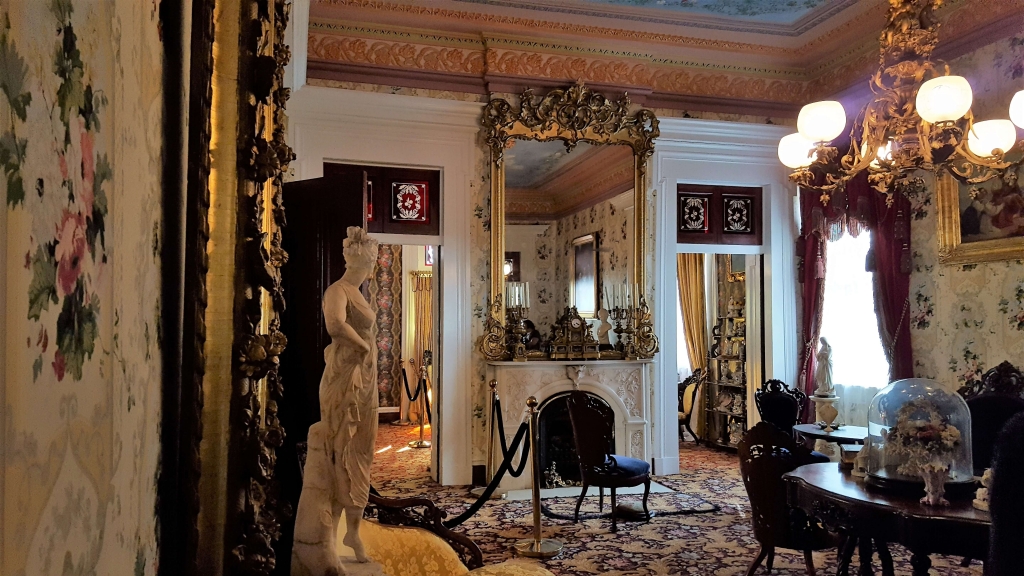
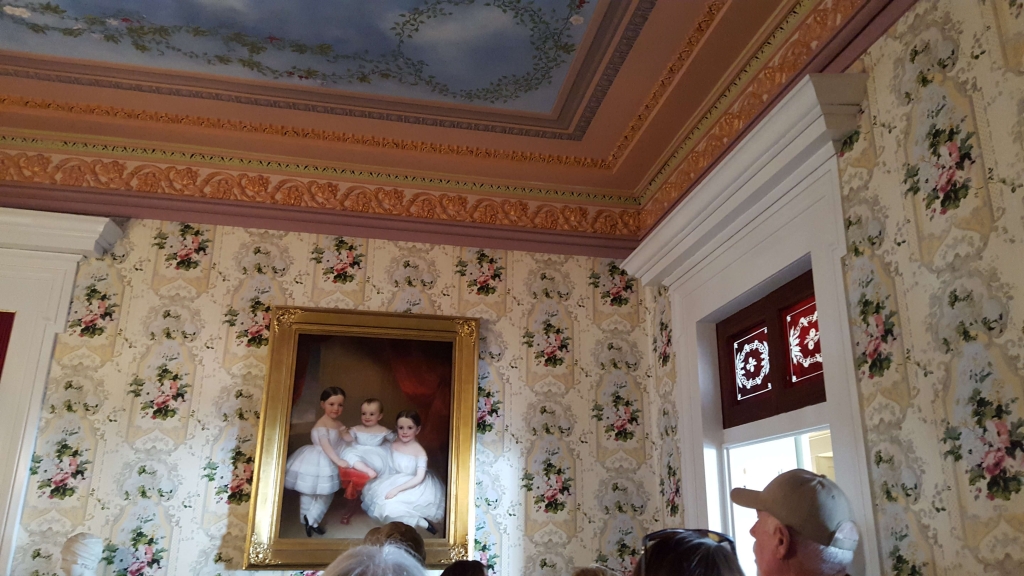
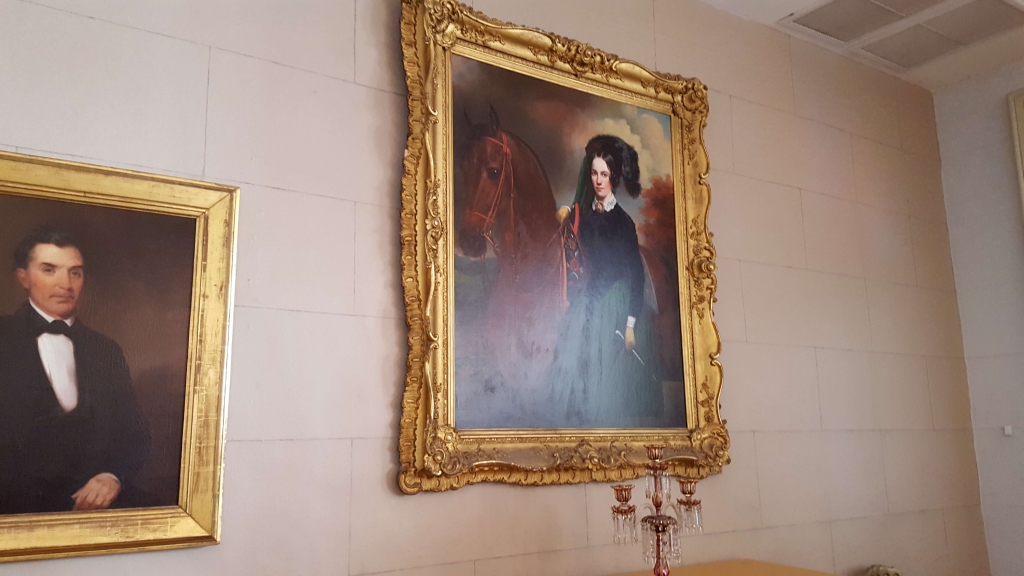
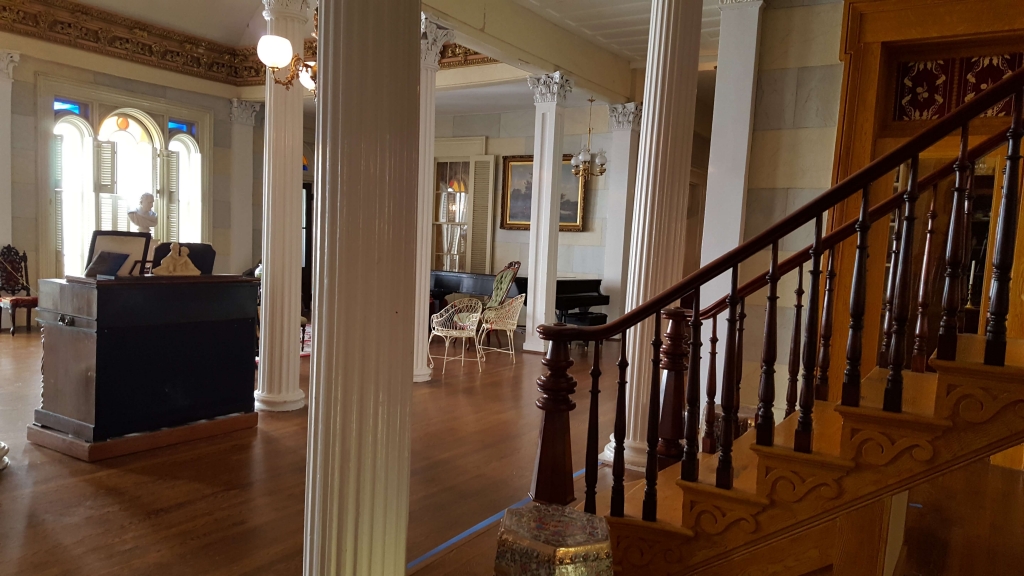












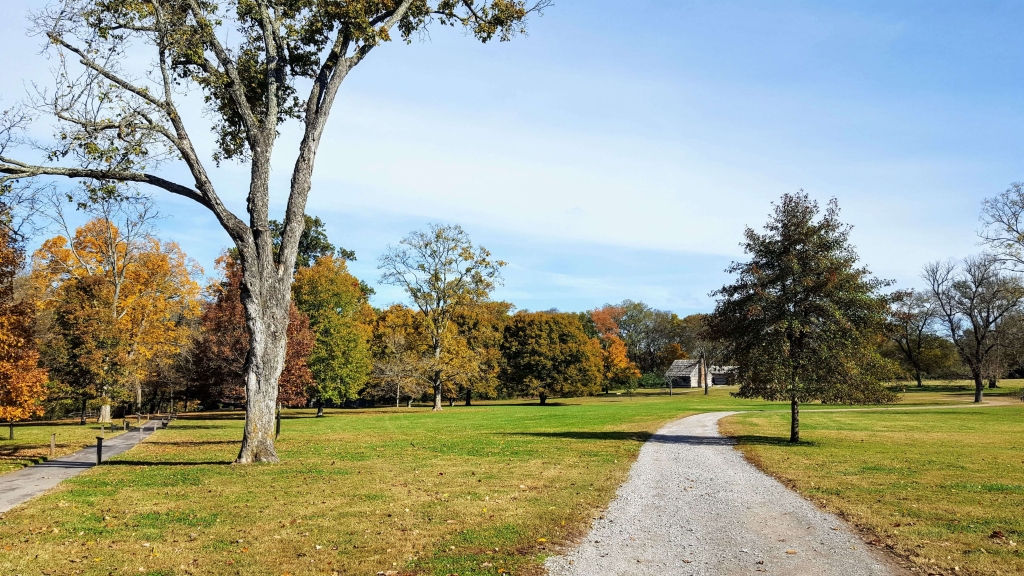
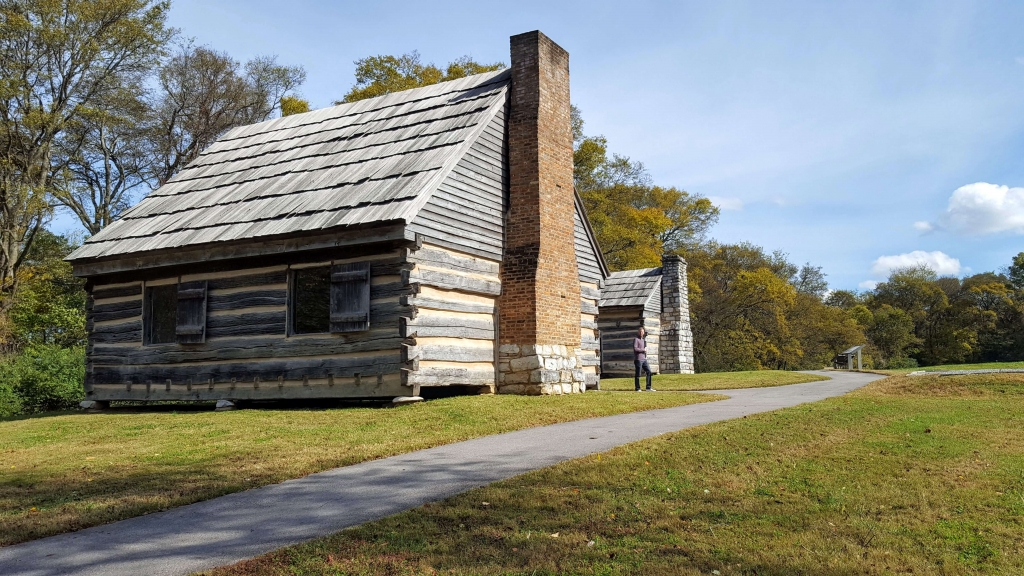
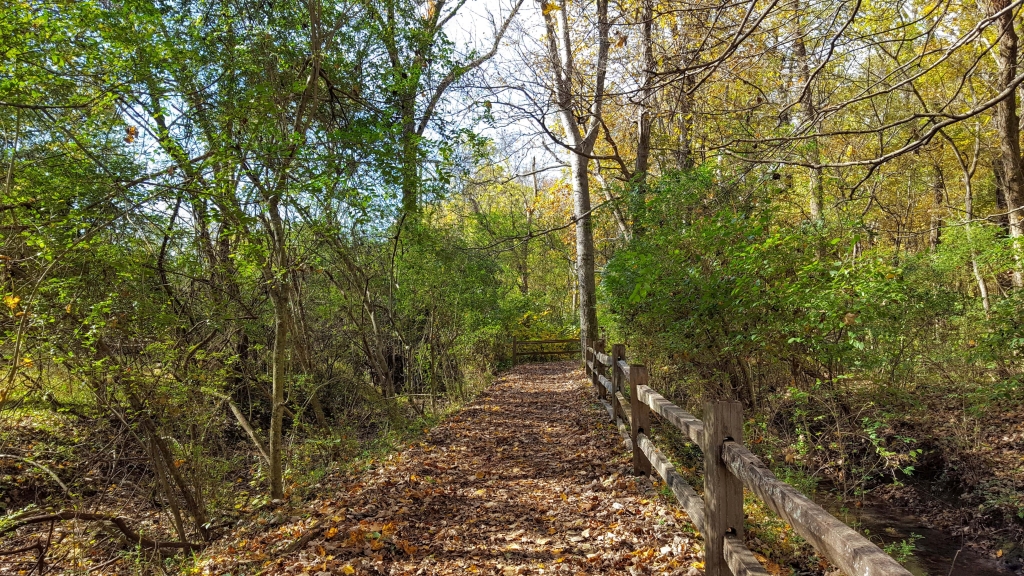
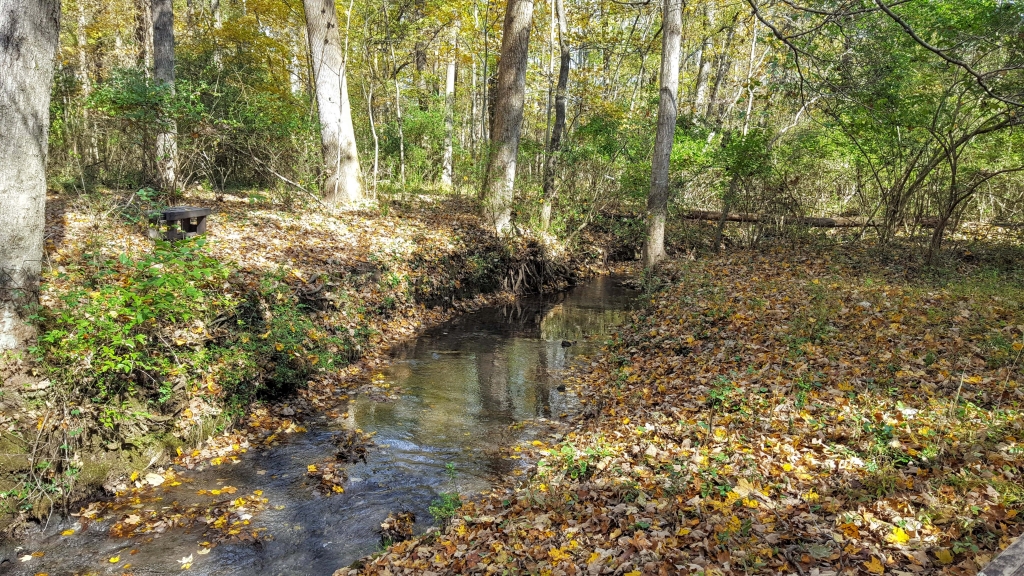
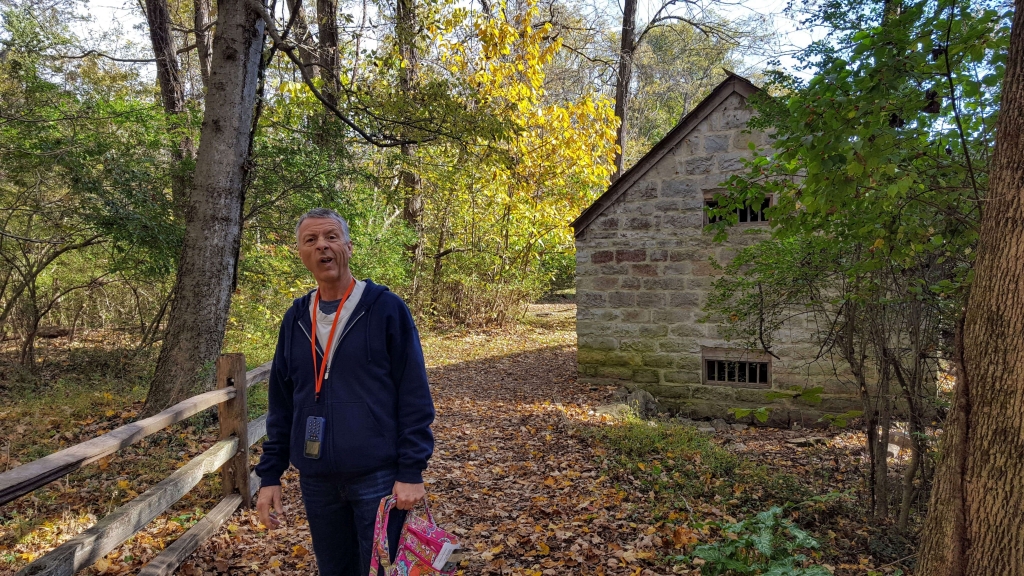

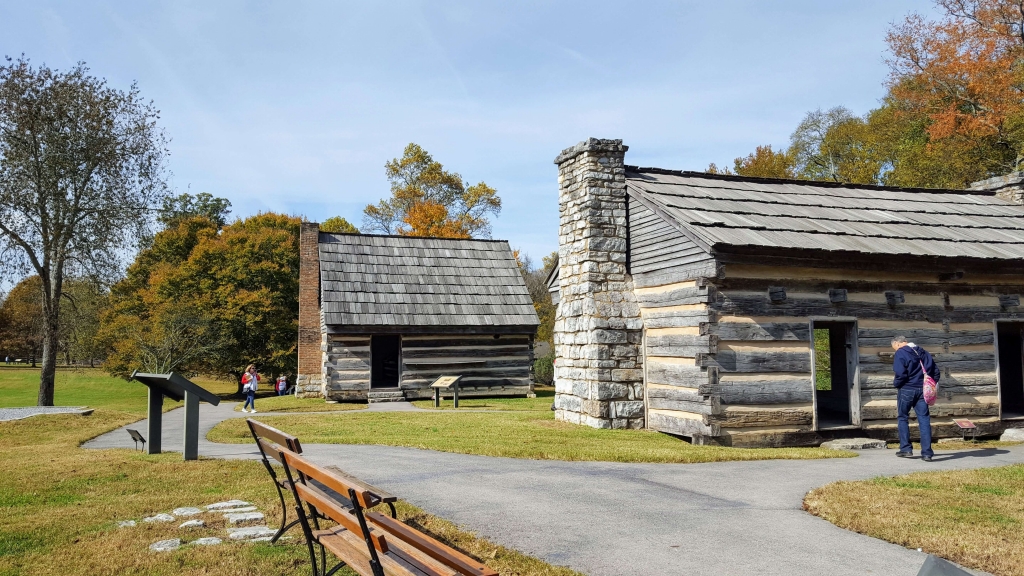


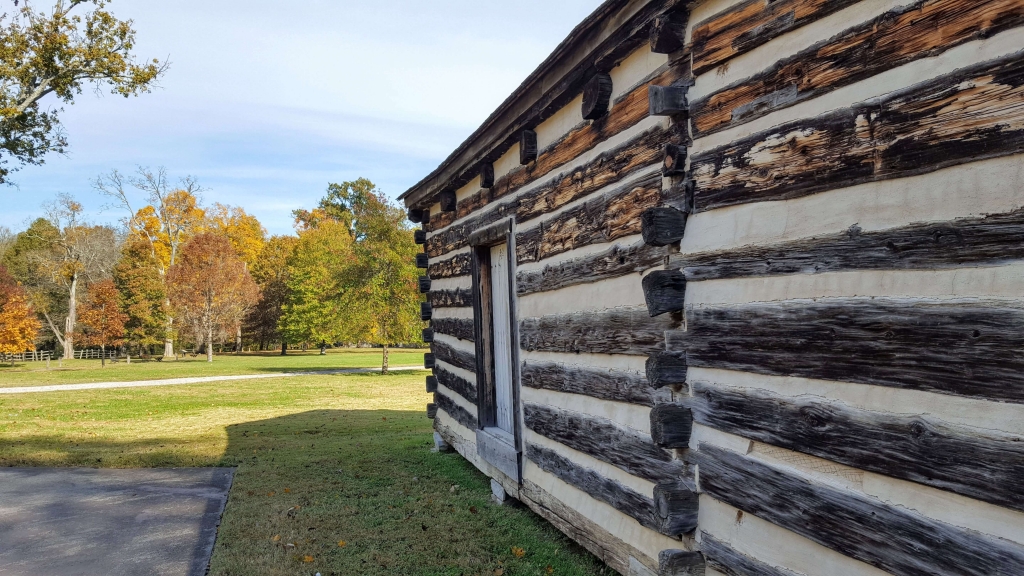









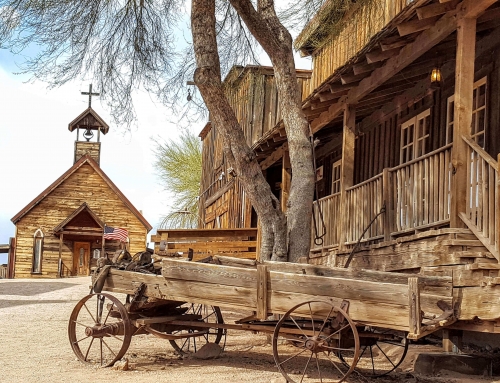
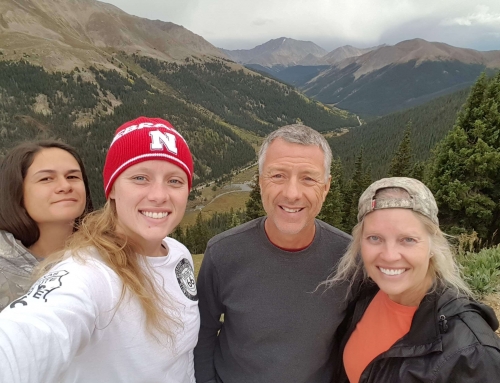
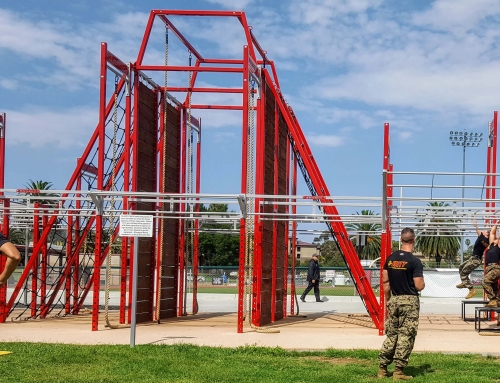


Leave A Comment